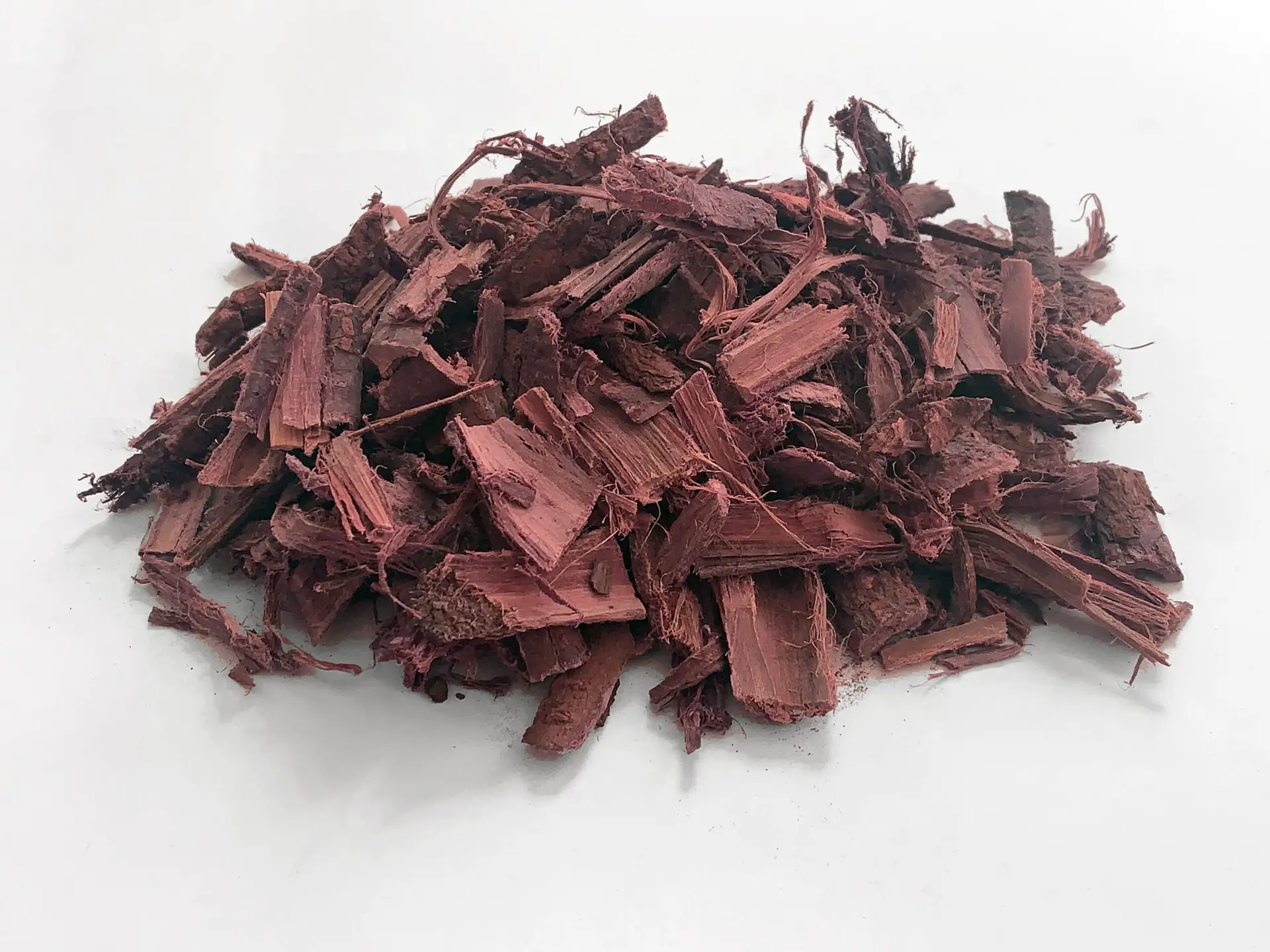Not known Facts About mimosa hostilis root bark ebay
Not known Facts About mimosa hostilis root bark ebay
Blog Article

Skip to written content US domestic inventory readily available 3 day USPS precedence shipping and delivery. Remember to Concentrate on other webshops declaring for being us! They can be using comparable URL's our photographs and text and often even our names and addresses!
To deliver the best activities, we use systems like cookies to store and/or entry system information and facts. Consenting to those technologies will allow us to procedure knowledge such as browsing behavior or exceptional IDs on This website. Not consenting or withdrawing consent, could adversely have an effect on specific options and functions.
De Mimosa hostilis wortelbast is bekend om zijn vermogen om een diepe, rijke kleurstof te produceren die wordt gebruikt in textielverf en cosmetische producten. De prachtige kleurschakeringen variëren van donkerpaars tot diepblauw, afhankelijk van de extractiemethode en toepassingstechniek.
We predict you will be questioning how the bark is harvested and processed. Answering without delay by far the most Recurrent query: No, harvesting is not really unsafe for Mimosa trees and its populace.
I was exceptionally nervous purchasing because I were encouraged by a An additional organization whom I had finished productive orders with before with to purchase 5 kilos for a fantastic price tag but still allot of cash for me( like all my funds) considering the fact that Im at this time unemployed. The comany is mimosapowder and beware!
5 star customer care. Having said that, I have issues with the particular products. I positioned An additional purchase this early morning, and will ascertain When the item or my solutions was The explanation for the unsatisfactory effects.
Mimosa tenuiflora/hostilis is a tropical perennial climbing vine or shrub native on the northeastern area of Brazil and found as significantly north as southern Mexico (Oaxaca and coast of Chiapas). It is mhrb usa reviews most frequently located in reduce altitudes, however it can be found as high as 3000 ft.
They may be excellent. From examining others reviews I am expecting to acquire a good yeild and can update my overview following.
Mimosa Hostilis root bark usa, mhrb powder is actually a prosperous source of nutrients and minerals which have been very good for the skin. Some involve tannins and flavonoids. Flavonoids play an integral position in encouraging to guard in opposition to growing old by increasing the skin’s ability to soak up added nutrients and minerals. Increased pores and skin permeability permits your other pores and skin treatment items to penetrate further here into your reduced levels in the skin. Other critical ingredients in Mimosa Hostilis root bark United states, mhrb powder consist of medicinal factors such as copper, iron, magnesium, and zinc.
® Mimosaroot.com is a registered trademark, get more info It is unlawful to reproduce or distribute information which include photos or texts without the authorization in the copyright operator.
A lot of people preferred a leisurely meal at 1 among The variability of sites to consume because they waved to passersby leaving by themselves getaway cruise or took a cruise inside the harbor on Spirit Cruises or Fiesta cruises.
We shipped your purchase two times, the reshipment is on its way, but delayed. We retained you current and in addition delivered you having a refund. But read more nonetheless, You can not let it go and leave a negative assessment on our Web site after a week from the last conversation issue.
The shape and sizing of the root bark items are crucial in determining that said pieces originate from the roots instead of from your trunk. This is vital as quite a few sellers (mainly beyond Brazil) harvest the trunk bark, that's of decreased top quality and easier to harvest.
It's really a legume tree five to 7 m tall and has here a large amount of tannins and it is a vital forage plant used to feed little ruminants inside the “caatinga” (semi-desertic vegetation in the interior of Brazilian northeastern) throughout the dry season.